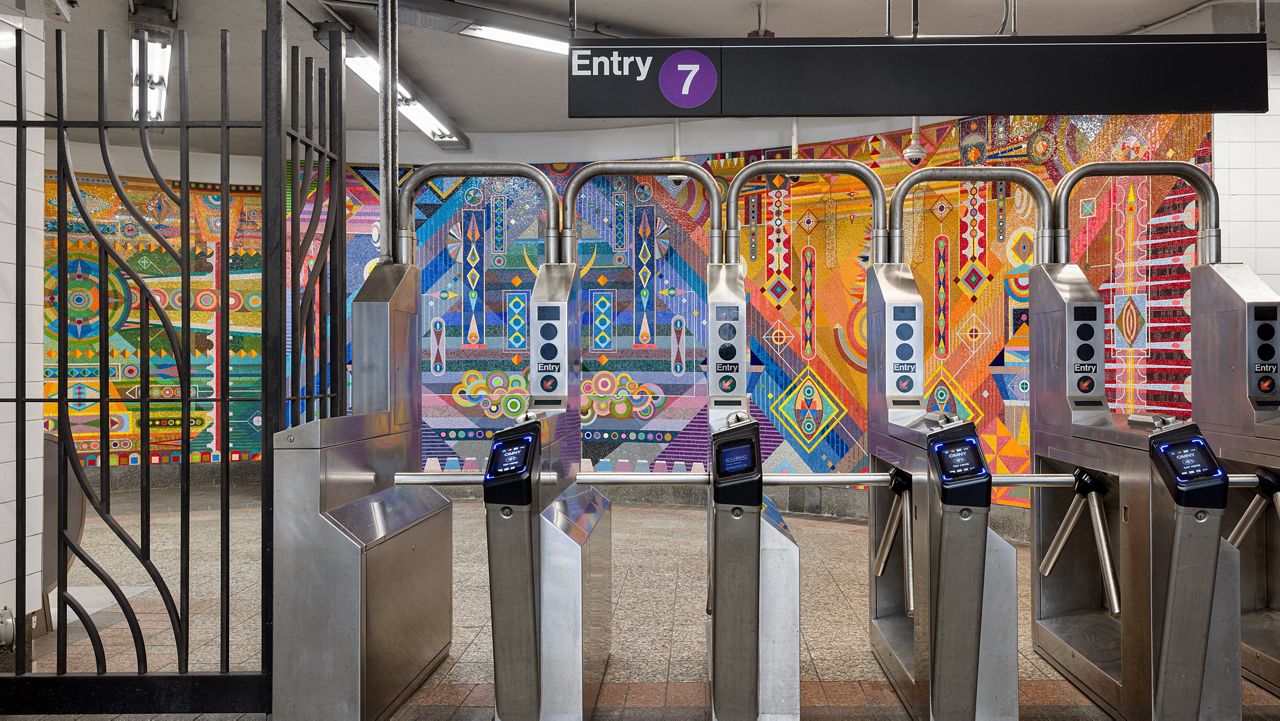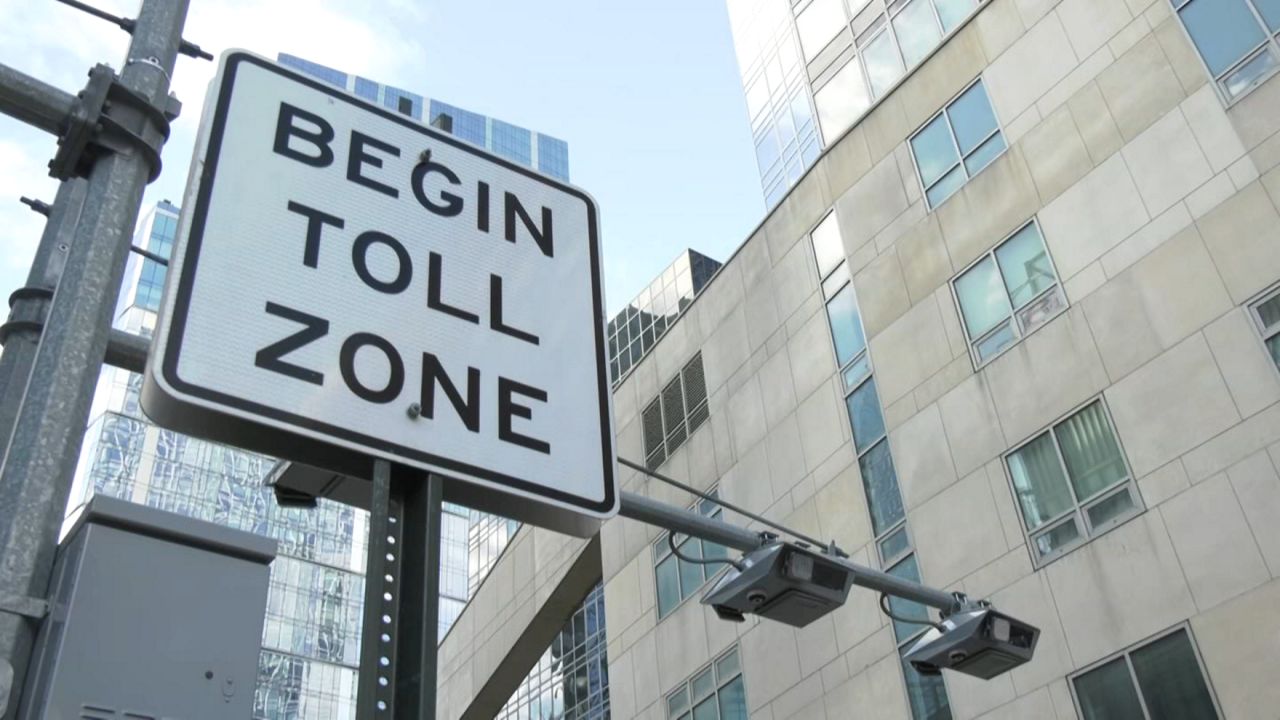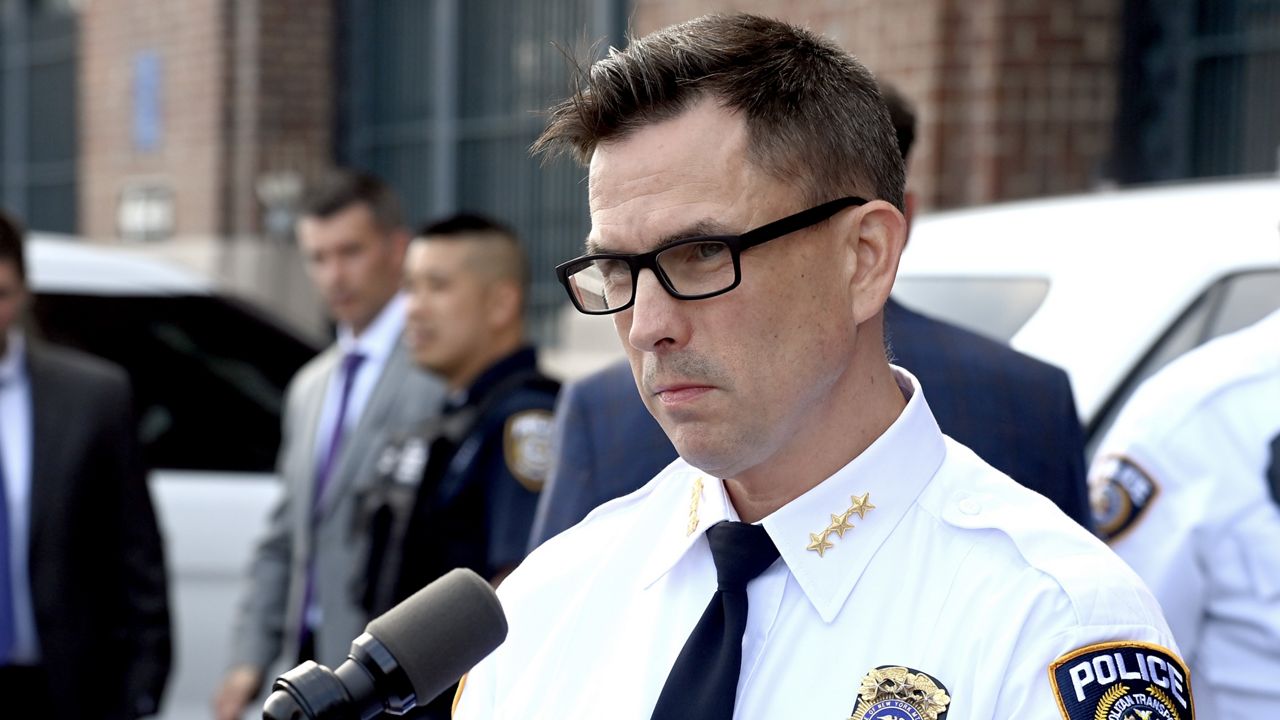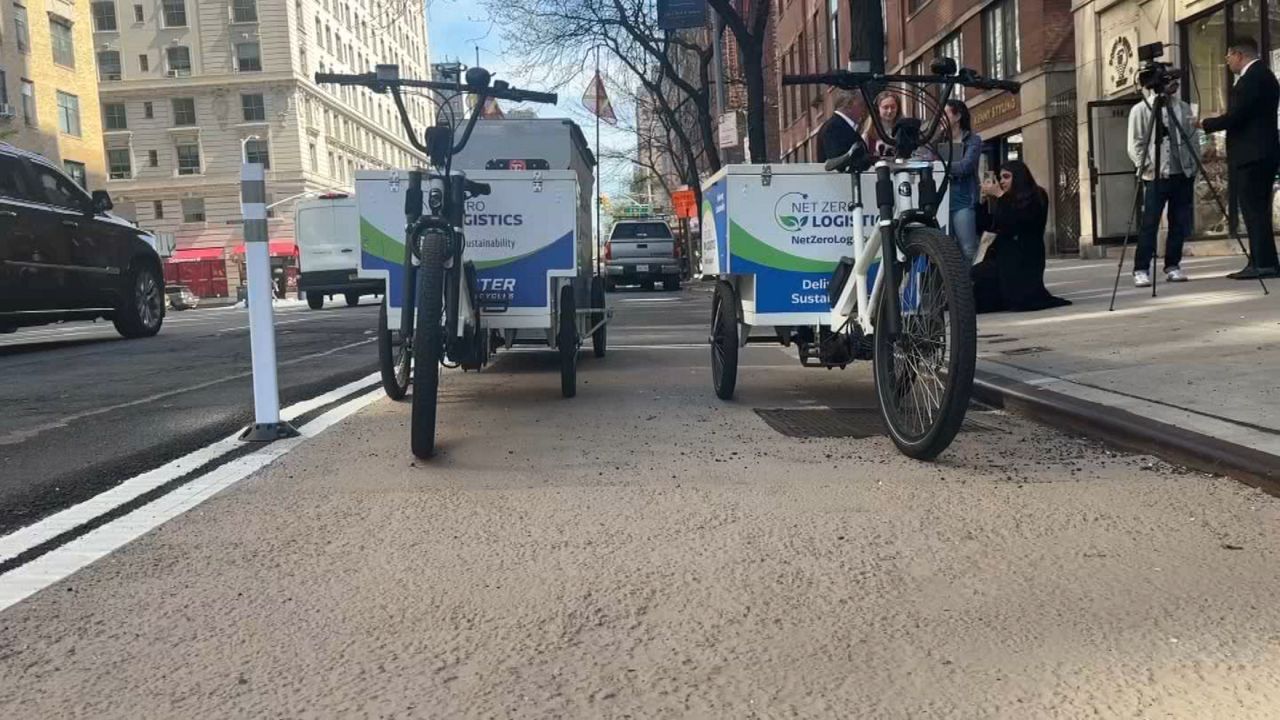City Comptroller Scott Stringer wants the MTA to rethink the transit system.
While subway ridership is down 50%, and bus ridership 40%, from pre-pandemic levels, commuters are still moving around the city, though their habits have changed.
“The new rush hour is 24 hours a day, seven days a week,” Stringer said in an interview on “Mornings On 1.”
About 61% of essential service industry jobs, such as in food, health care and retail, operate mostly outside of the traditional 9 a.m. to 5 p.m. workday hours, and are located outside of Manhattan, his new report found.
Stringer said the MTA needs to provide reliable transportation at all hours, and meet demands in the boroughs outside Manhattan, with a push for commuters to be able to catch a ride in no longer than six minutes.
His “New York City in Six” service plan for subways and high-ridership busways would offer service at least every six minutes, even in the boroughs outside Manhattan, and improve upon current standards of 10-minute frequencies during midday and 12-minute frequencies on evenings and weekdays. High-ridership bus routes, meanwhile, arrive as infrequently as every 30 minutes currently.
“Frontline workers and New Yorkers in face-to-face jobs can’t afford to wait endlessly at platforms and bus stops for trains and buses that never come,” Stringer said in a press release. “If we want to reduce congestion and encourage people return to public transit, we need to invest in changes that make public transit an accessible and convenient option for every commuter at every time of day.”
Stringer wants to tap federal funds to get the job done.
“We need to make sure that as we invest federal dollars into the transit system, we remake the system at the same time,” Stringer told NY1.
He also proposes increasing and rebalancing the gas tax, which invests most money on maintaining roads and bridges, to help pay for the plan.
The comptroller said a number of improvements can be made to meet the changing commuter landscape, such as opening closed subway stations and adding busways.
He also wants companies to encourage ridership through transportation expense offerings, and wants to increase affordable housing production near existing subway stations.







